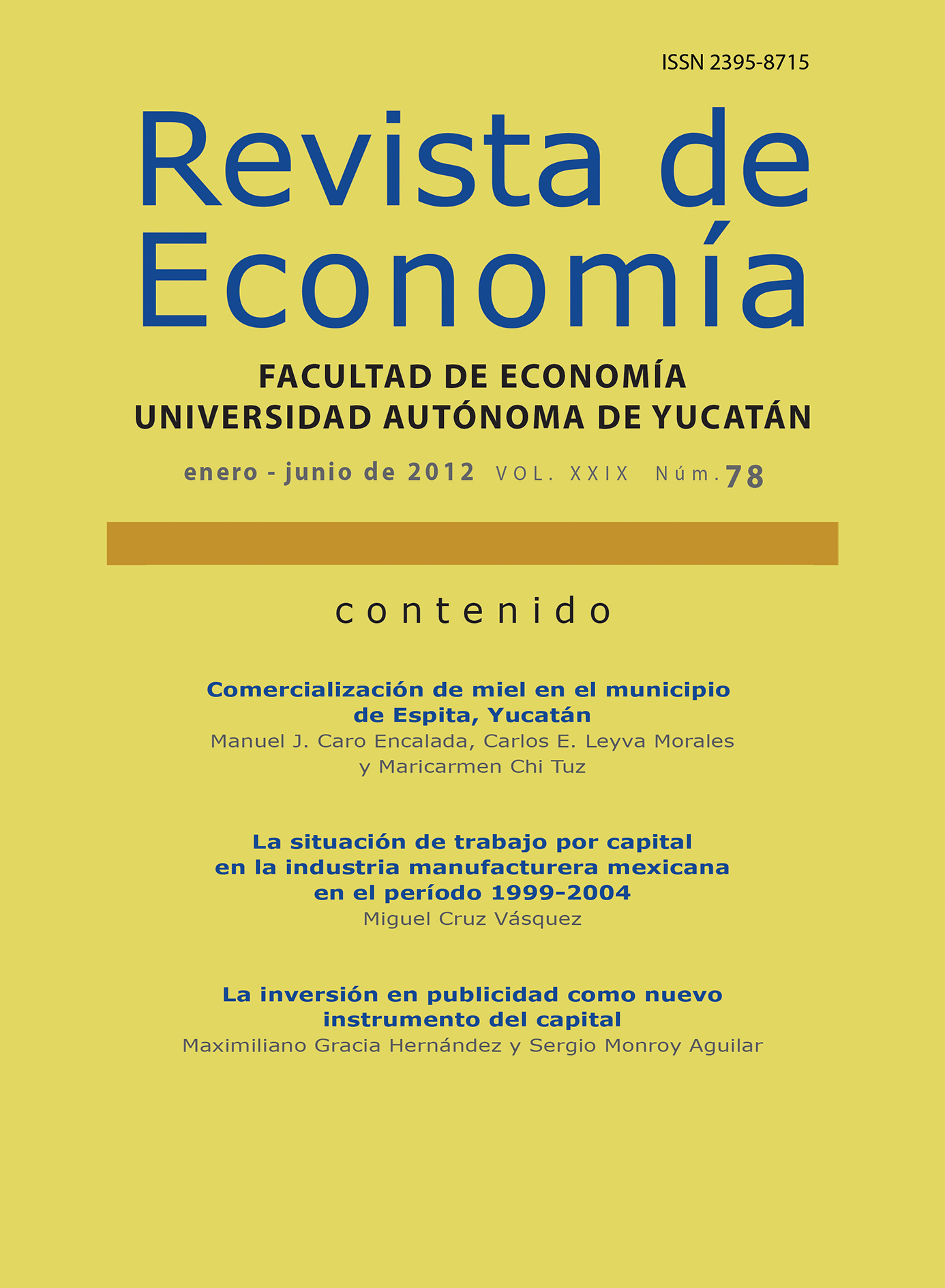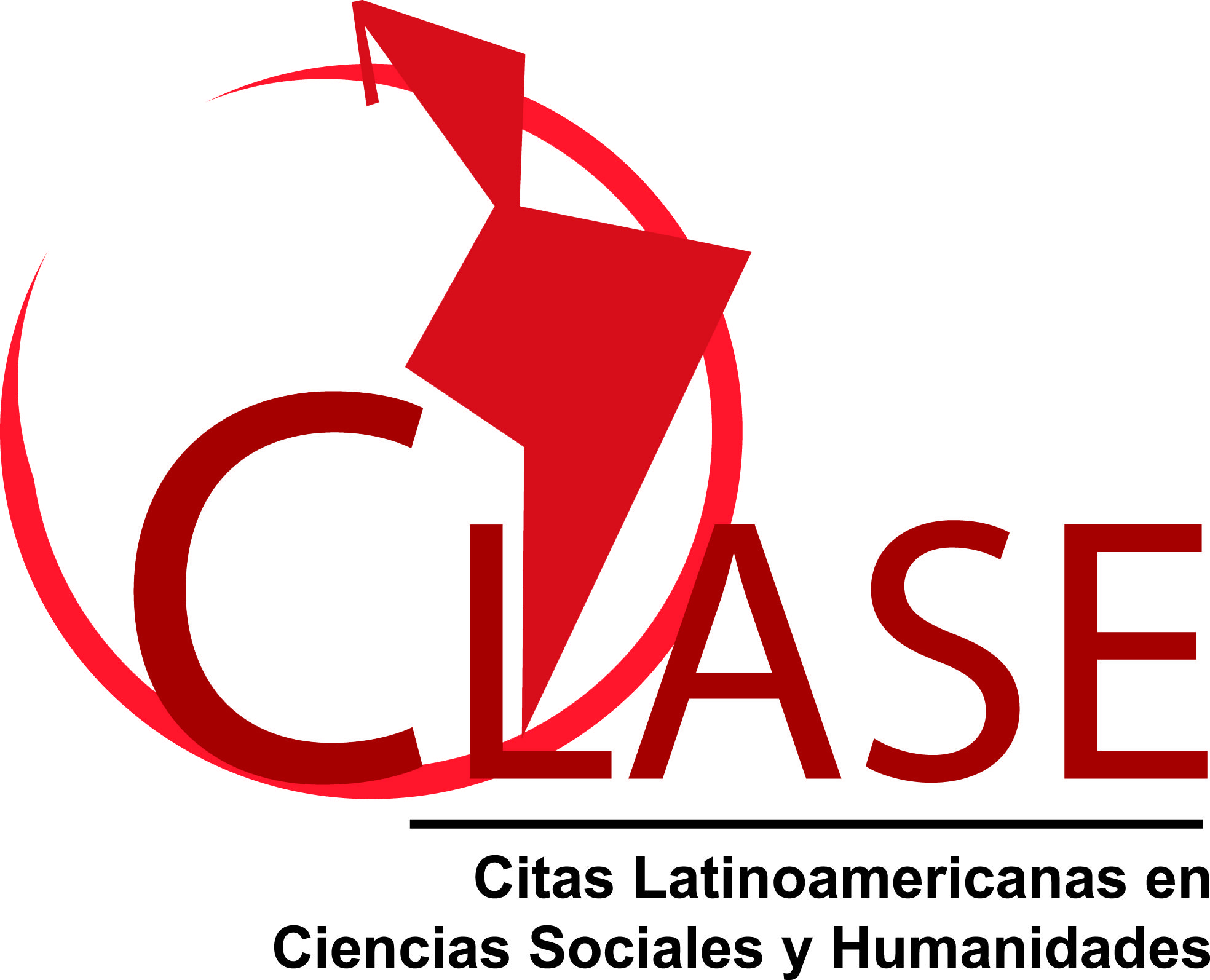Honey marketing in the municipality Espita, Yucatan
Abstract
The study seeking to analyze the relationship between commercial actors involved in the marketing of honey in the municipality of Espita, Yucatán and the power of negotiation and commercial gain obtained in this productive activity. The work was based on a design of transectional type checking in its correlational variant applying the techniques of literature review, survey of beekeepers, census to Collection Centers and key informants interviewing. The analysis of the results is based in the commercialization theory of Caldentey (2004) and in the theory of the market proposed by Stamer (1999) and Haag and Soto (1984). Concludes that the analyzed relationship is disadvantageous for the beekeeper, since the structure oligopsonica of the collection centers that are involved in the process of commercialization of honey in the municipality of Espita gives as result that the power of the purchase price fixing it to these commercial intermediaries, and thereby the bargaining power, and that the marketing of honey is not a dynamic process or beneficial for the producer, this has the greater expenditure of resources, time and labor in production while intermediaries only buy and mobilize in short tim
Copyright (c) 2012 Revista de Economia

This work is licensed under a Creative Commons Attribution-NonCommercial-ShareAlike 4.0 International License.
D.R. © Revista de Economía
The conditions that are required when granting the attribution license called CC -BY-NC-SA are the following:
1. The Universidad Autónoma de Yucatán must be clearly identified as the owner of the copyright of the original publication.
2. The material may not be used for commercial purposes.
3. Any derivative work must be published and distributed under the same open access license as the original publication.











